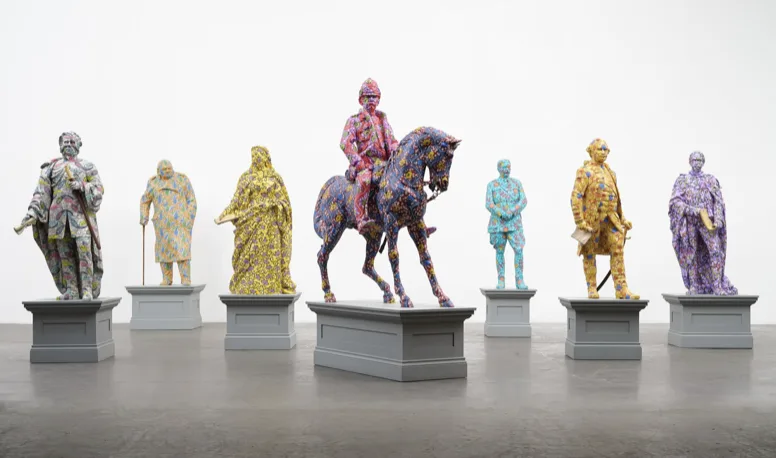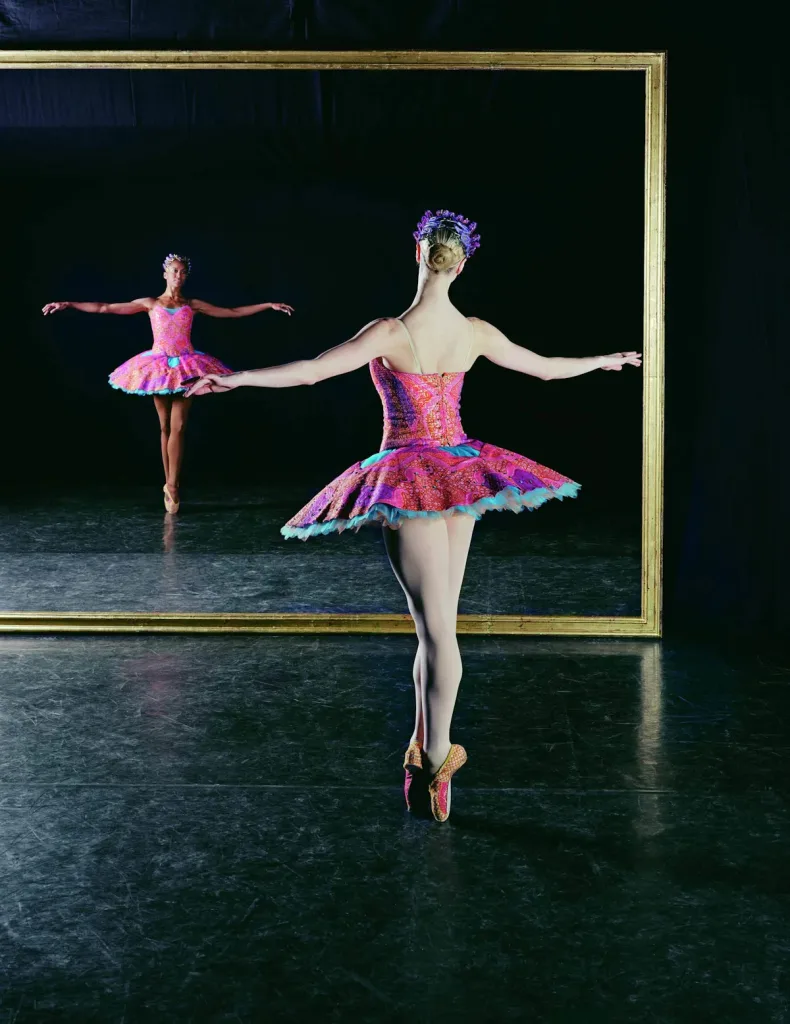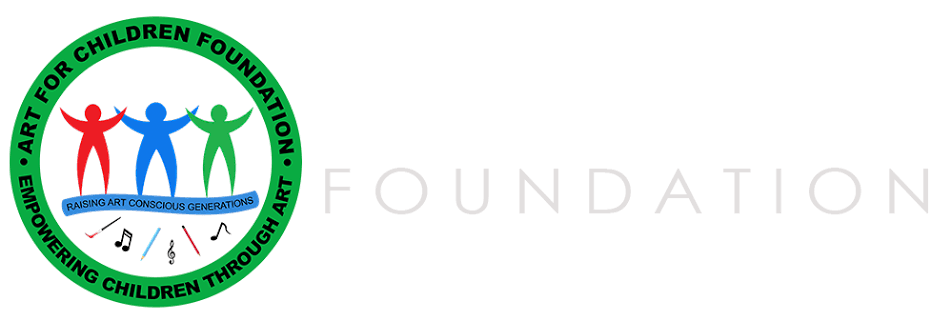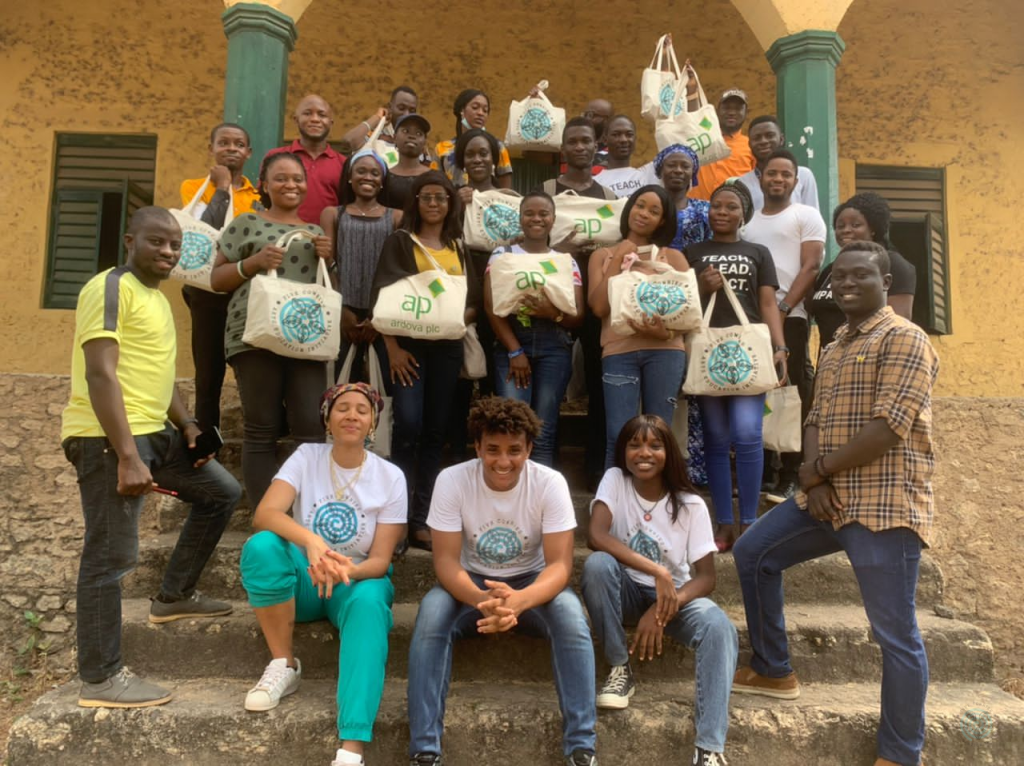Colonization’s narrative suppressed African identities, and Afrocentric art reclaims them, empowering African children to reconnect with their heritage and build self-esteem. In the vibrancy and boldness of art rooted in African traditions, African children see more than just beauty—they see themselves. By centering African cultures and traditions, young minds are enabled to foster self-love and dismantle harmful stereotypes.
This article explores the power of Afrocentric art in connecting young minds with their cultural heritage and strengthening their sense of identity.

Afrocentric art decolonizes the minds of African children by challenging dominant Eurocentric discourses. Accordingly, it fosters a sense of pride and ownership as they learn about their predecessors, traditions, and customs. Furthermore, this decolonization of art empowers African children to question prevailing narratives, reclaim their cultural heritage, and assert their identities.
Adorning iconic figures of the colonial era with the vibrant, culturally rich Dutch wax fabric, Yinka Shonibare, a Yoruba-British artist, masterfully subverts traditional power symbols. His “Decolonised Structures” empowers Africans, to challenge colonial legacies and reclaim their cultural narratives, paving the way for mental liberation. The symbolism of the fabric illustrates the complex relationship between Africa and Europe.
This juxtaposition challenges viewers, especially young Africans, to question the historical representations they’ve been accustomed to. In doing so, it inspires critical thinking and fosters a deeper understanding of their heritage.

Through Afrocentric art, African children are offered a powerful platform and model for self-expression. This amplifies their voices, and empowers them to explore unique perspectives and build a strong sense of self.
“Sophie,” the work of Mary Sibande, a South African artist, exemplifies this by offering powerful imagery that challenges colonial narratives. Depicted in three transformative phases, it symbolizes different facets of cultural identity. In the “Blue Phase,” Sophie wears a domestic worker’s uniform, reflecting servitude. But Sibande’s opulent, fantastical garments transform her into a resilient queen, turning symbols of oppression into armours of resistance; and reclaiming power.
The “Purple Phase” sees Sophie adorned in Victorian gowns, drawing from the Purple Rain Protest to signify power and rebellion. Conclusively, in the “Red Phase,” Sophie becomes a warrior, embodying righteous anger and strength.
These evolving forms are not just about reclaiming history but about reimagining the future. It is an invitation to craft one’s own stories, unbound by the past. By immersing themselves in art like this, African children can see themselves in a new light. Aiding the embrace of their full personhood and rejecting the limiting roles imposed by colonialism.

Afrocentric art challenges dominant stereotypes and biases, offering a counter-narrative to the prevailing Eurocentric discourse. It fosters a positive sense of identity in African children by celebrating their cultural heritage and individuality. This empowering representation builds self-esteem and confidence, while also countering negative stereotypes and promoting a sense of belonging.
This approach is evident in Yinka Shonibare’s performance piece, “Odile and Odette“. It deconstructs the stereotypical portrayal of race and identity within the ballet world; and through this, he invites a dialogue around cultural appropriation and representation. By challenging Eurocentric beauty standards, Shonibare empowers African children to embrace their unique identities and question limiting stereotypes.

Art education empowers African children by providing a home-grown creative platform to tap into their creative potential. This helps them in exploring their identity, challenging dominant narratives, and developing innovative thinking skills by fostering confidence, self-expression, and cultural pride.
The Art for Children Foundation (A4C) is a prime example of an organization harnessing this power to uplift young African lives. A4C provides accessible Performing Arts, Visual and Fine Arts, Martial Arts, and Mentorship programs to create a space where children can integrate life skills, governance, and art. With this, children can tap into their artistic talents and creativity, growing into responsible citizens and overcoming life challenges. Further, through their core values – Collaboration, Transparency, Integrity, Respect, and Service – they drive their mission to provide a supportive environment where children can explore and develop their artistic talents.
With a vision to be a leader in art education, A4C empowers children to reach their full potential. They actualize this through projects like The Bus Scholarship Fund which supports young adults in Nakuru County, Kenya, who are transitioning to society from children’s homes, by providing access to vocational trainings and apprenticeships. Likewise, the Nakuru Children and Art Mentorship Programme (NACAMP), which provides art training and mentorship to less privileged children, helps them identify and nurture their artistic talents and creativity.
Another platform is the Five Cowries Art Education Initiative in Nigeria. Dedicated to enhancing education through arts integration, it combines traditional academic skills with critical thinking, communication, collaboration, and creativity. They empower African children through their mission to deliver inclusive arts education programs, improve learning experiences, teach skills, and drive equitable empowerment in underserved Nigerian communities.

Afrocentric art empowers African children by celebrating their identity, heritage, and resilience. By doing so, it reclaims cultural narratives and challenges colonial stereotypes, thereby allowing children to reconnect with their roots and build self-esteem. Inspired by artists like Yinka Shonibare and Mary Sibande, and supported by forward-thinking educational initiatives, children are encouraged to embrace their unique voices and build up themselves. Ultimately, this ties into a deeper appreciation of their cultural legacy, fostering resilience and confidence.


